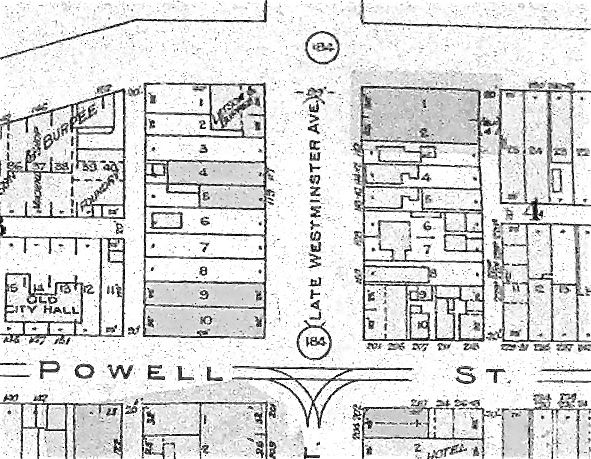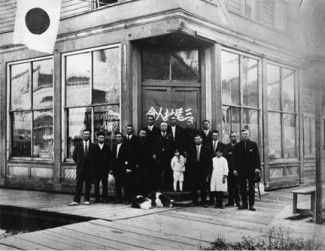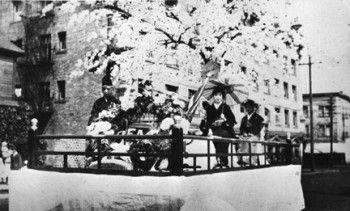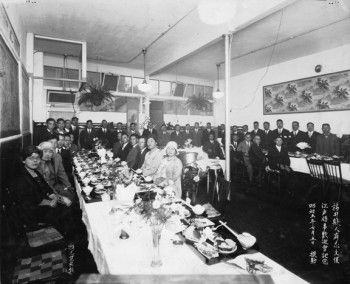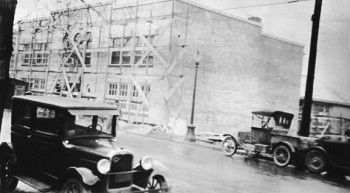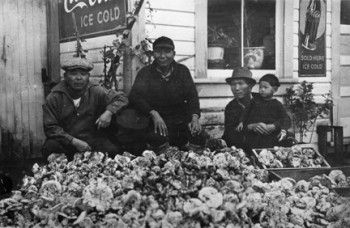Project Structure
Landscapes of Injustice is divided into two phase, Research and Connection.
Research is conducted in six research clusters in the first four years of the project. The research generated will be disseminated in various manners, including a travelling museum exhibit, teacher resources, archival and public history websites and media outreach.
Phase 1: Research
This history requires significant and varied research. In the Research Phase (Years 1-4) of the project, our team is organized into “Research Clusters.” Each cluster takes its own approach to this history, and together they enable our team to tell the fullest possible history of the dispossession of Japanese Canadians.
Phase 2: Connection
Landscapes of Injustice is a knowledge mobilization project. In the Connection Phase (Years 5-7), “Knowledge Mobilization Clusters” will communicate our research to large and diverse audiences.
Connection: Years 5-8 2018-2022
Phase 2: Connection
Landscapes of Injustice is a knowledge mobilization project. In the Connection Phase (Years 5-7), “Knowledge Mobilization Clusters” will communicate our research to large and diverse audiences.

Digital Research Database
STEWART ARNEIL & LISA UYEDA
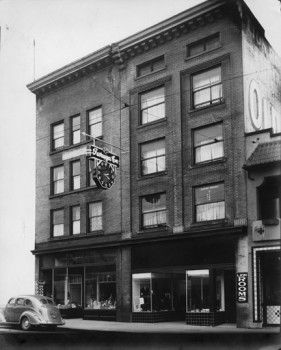
This cluster will develop a website, hosted at UVIC, that enables researchers to access the data collected in Phase 1 and provides necessary contextual material for their use. The principle aim of this website is to foster future scholarly research, but it will also be accessible to a public audience and community historians. Students in this cluster will work with technical specialists of the Humanities Computing and Media Centre (HCMC) to develop user-friendly interfaces for users to download materials from the databases developed by the Legal History, Land Title, and Community Records and Directories clusters. This site will launch at the conclusion of the project, at an event held in conjunction with the RBCM finale museum exhibit.
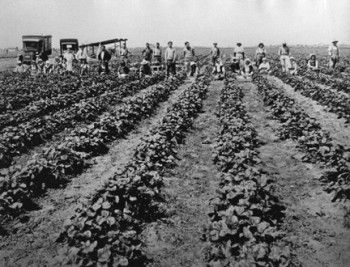
Through a collaborative effort with BC teachers, team members, and students, this cluster will produce extensive teacher resources to encourage historical thinking and to provide evocative narrative context, guided access to primary sources, individual lesson plans, and instruction for positioning the material within existing curricula. This effort is informed by the pioneering Historical Thinking Project (http://historicalthinking.ca/), with an aim to create both primary and secondary material in both official languages.
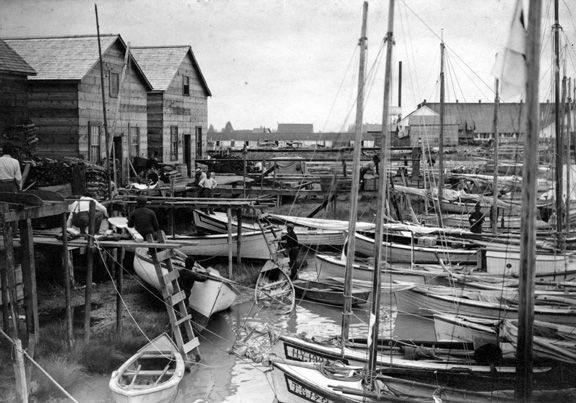
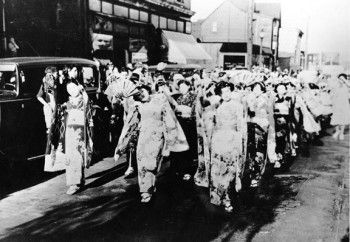
Phase 1 Research Years 1-4 2014-2018
Phase 1: Research
This history required significant and varied research. In the Research Phase (Years 1-4) of the project, our team was organized into “Research Clusters.” Each cluster took its own approach to this history, and together they enable our team to tell the fullest possible history of the dispossession of Japanese Canadians.
